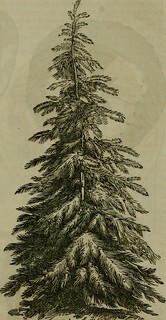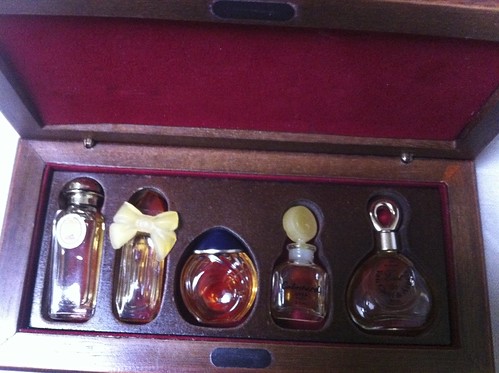Shocking by Schiaparelli (1937)
One of the most iconic perfumes of yesteryear is Shocking by Elsa Schihapareli, a Parisian couturier who pushed the boundaries between fashion, art and perfume.
I've been fortunate to have a little vintage splash bottle of this Shocking. which I have been postponing forever to dive into, let alone write about. You see, there's a certain challenge with many vintage fragrances, in that they lose most of the vibrancy of the top note, which makes them have a very similar first impression that is characteristic of their time, the raw materials that were prominent at the time they were created - floral, animalic and usually with a notable splash of aldehydes. All, but especially the latter, ultimately give off what is known as "old lady perfume" vibe. One has to make a real effort to get past that staleness and be tempted to apply it on the skin. Yet, this is the only way to really find the backbone of the fragrance and understand its structure and complexity. And of course, enjoy the well-rounded, seamless quality that can only come with the aging of high quality raw materials that were the golden standard of their time.
Vintage Shocking by Schiparelli was created by legendary nose Jean Carles. It actually does not come across as shocking, but rather as a deep, soft, voluptuous, and multi-faceted, complex composition. I have seen it classified as either Chypre or Leather on multiple places before, so I was surprised to discover an incense-floral, of all things, which made me think of it as a Floramber as far as category goes. But one time I accidentally over-applied (due to an actual splash from the bottle - I now understand why they're called "splash bottles" ...) It has turned extremely aldehydic and cloying in that dosage, and from then on I have had a hard time reconstituting those first impressions of incense floral which I have enjoyed so much at first. The memory of the aldehyde overdose keep threatening my sphere of sensation. But I will try to re-remember what made me fall in love with it and be inspired to write a perfume review after a long time of taking a break from this genre.
Shocking opens with a dense floral symphony shrouded in thick swirls of sandalwood incense smoke. The combination of rose and narcissus brings to mind Caron's dark creations (Nuit de Noel, Narcisse Noir), as well as vintage lipsticks from the era. It's hard not to feel like you've dived into a vintage clutch of a lady from a century ago, and other sartorial images of that era come to mind, especially chunky high-heeled ballroom dancing shoes and back-seamed stockings to match.
Marcel Vertès created numerous whimsical illustrations for Schiaparelli's perfumes, and it was truly hard to pick a favourite. I chose this one for the burst of joy and freedom it exudes.
Top notes: Aldehydes, Tarragon, Bergamot, Hyacinth, Ylange Ylang, Lily of the Valley
Heart notes: Narcissus, Jasmine, Honey, Carnation, Cloves, Rose
Base notes: Sandalwood, Vetiver, Vanilla, Civet, Musk, Amber, Patchouli, Oakmoss, Ambergris





